As part of their response to negative shocks coming from advanced economies after Lehman's collapse in 2008, most developing countries resorted to countercyclical fiscal policy. Such a policy choice was available to many developing economies that entered the global economic crisis in good macroeconomic and financial shape, with smaller fiscal and current-account deficits, lower inflation, higher international reserves, lower public and external debt, and less financial vulnerability than in the past.
There is now a swing toward pursuing more ambitious goals through fiscal policy than countering economic downturns. As Milan Brahmbhatt and I indicate in the latest Economic Premise, "Fiscal Policy for Growth and Development," one can notice an increasing appetite for using fiscal policy as an instrument to foster growth, to deal with poverty, social inclusion and equity, and to protect against risk and vulnerability to shocks.
Let's put forward a threefold rationale for public action through fiscal policy. Firstly, there is macroeconomic stabilization. Given that often monetary policy cannot get it done alone, governments should maneuver taxation and/or spending levels in a countercyclical manner. Before the crisis, many economists had discarded the effectiveness of proactive fiscal policy as a stabilization tool, but its widespread use in the early stages of the global economic crisis rescued it from the limbo to which it had been relegated.
Secondly, there is a resource allocation rationale, i.e., improving economic performance via expenditure and tax policies that raise efficiency and tackle relevant market failures. The existence of public goods, externalities and increasing scale returns, as well as information failures and missing markets, are recognized as factors frequently undermining the operation of pure markets. Therefore, taxes and government expenditures addressing those factors might fit in well, boosting economic growth and thereby prosperity.
Thirdly, there is the distribution rationale underpinning policies that are designed to mitigate inequalities of income, opportunities, assets, or risks that result from private-market activities. We can't forget to include a dimension of intergenerational distribution, since fairness toward future generations may demand taxes and expenditures that guarantee some carry-over of the value of natural assets. After all, one may ethically consider it unfair that current generations consume the whole gift received from Mother Nature, and sharing prosperity over time may require taxes and government expenditures.
On the other hand, there are preconditions if fiscal policies are going to deliver. First of all, the quest for stabilization has to be symmetrical on both upturn and downturn stages of the economic cycle. The fiscal space of maneuver used to offset negative shocks has to be replenished during boom times, to make sure that public finance remains sustainable, rather than becoming another source of macroeconomic instability. The good news is - as we note in our Economic Premise - the proportion of developing countries implementing countercyclical fiscal policies went up from less than 10 percent in 1960-99 to above one-third in the new millennium.
The pursuit of economic growth, in its turn, will justify the resource allocation rationale only if costs of government failures do not exceed the costs of the same market failures that fiscal policy is supposed to address. That will require efficiency in revenue collection by governments, cost-effective public service delivery, and protection of public resources against waste and corruption. Quality of public investment management is crucial. In that context, besides capacity-building in governments, transparency and feedback from stakeholders - civil society organizations, citizens, users of public infrastructure, and contractors - have been shown to help improve performance. The good news is that information and communication technology has made it easier to progress on transparency and social monitoring.
Finally, shared prosperity can only be obtained through fiscal policy if tax structures and government expenditures adopted for the other two rationales do not conflict with that objective. The good news is, on the expenditure side, a lot has been learned in the last decades about what works and under what conditions regarding cost-effectiveness of different social and environmental policies. On the taxation side, the challenge remains how to reconcile adequate levels of revenue with progressivity on income and wealth among citizens and generations.
The global economic crisis has given back to fiscal policy its high profile as an instrument of macroeconomic stabilization. A revived interest in the potential of fiscal policy to boost shared prosperity has followed. Instead of denying it, we believe the most fruitful path is to work on those conditions necessary for it to succeed.Follow us at twitter.com/WBPoverty
This Twitter feed, managed by PREM, tracks the World Bank's efforts to help countries fight poverty and close gaps in income and opportunity.
